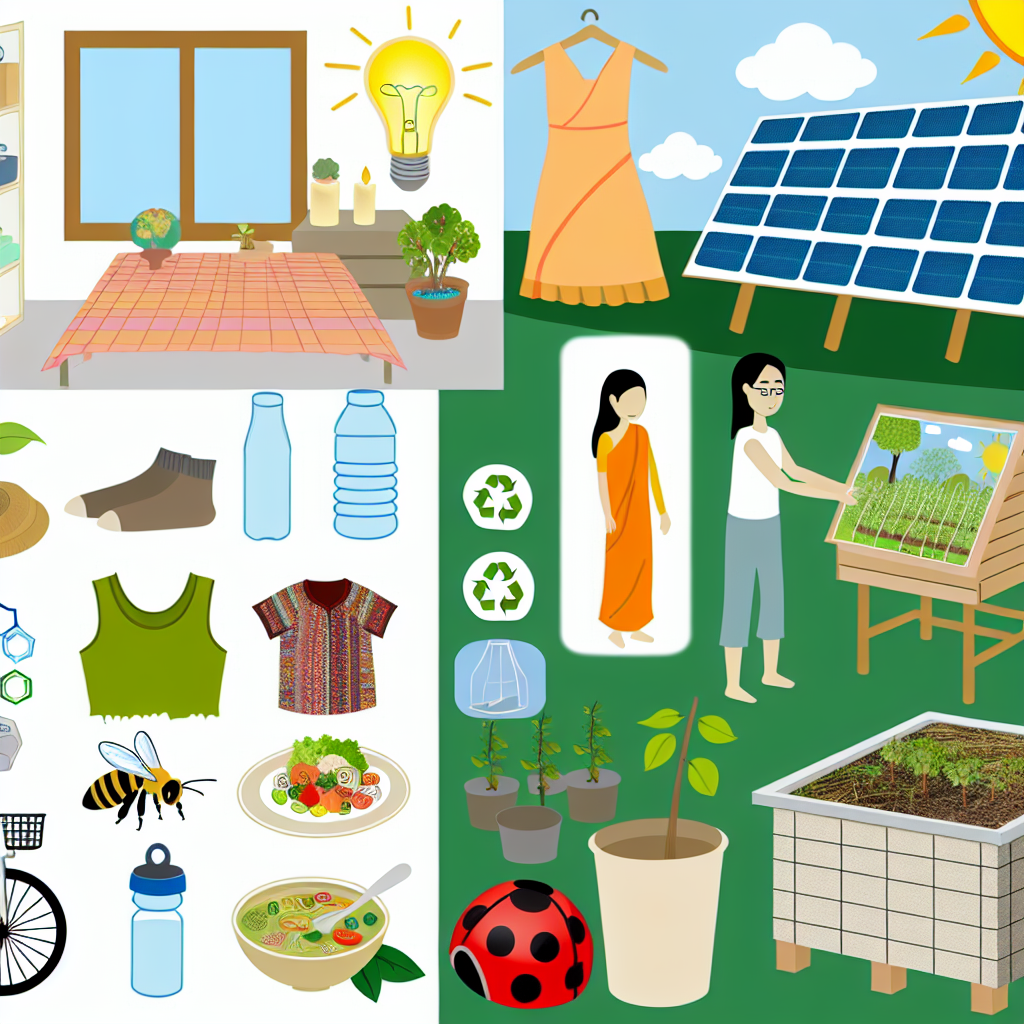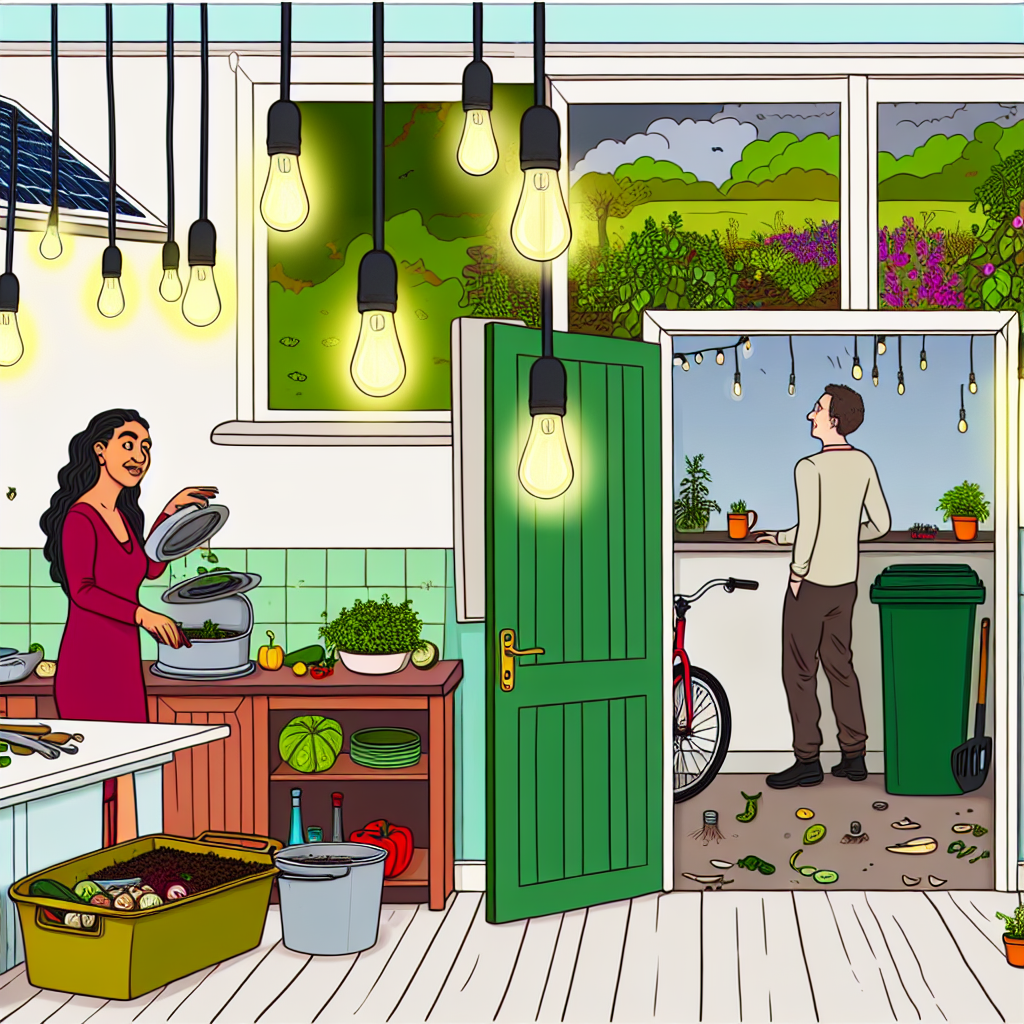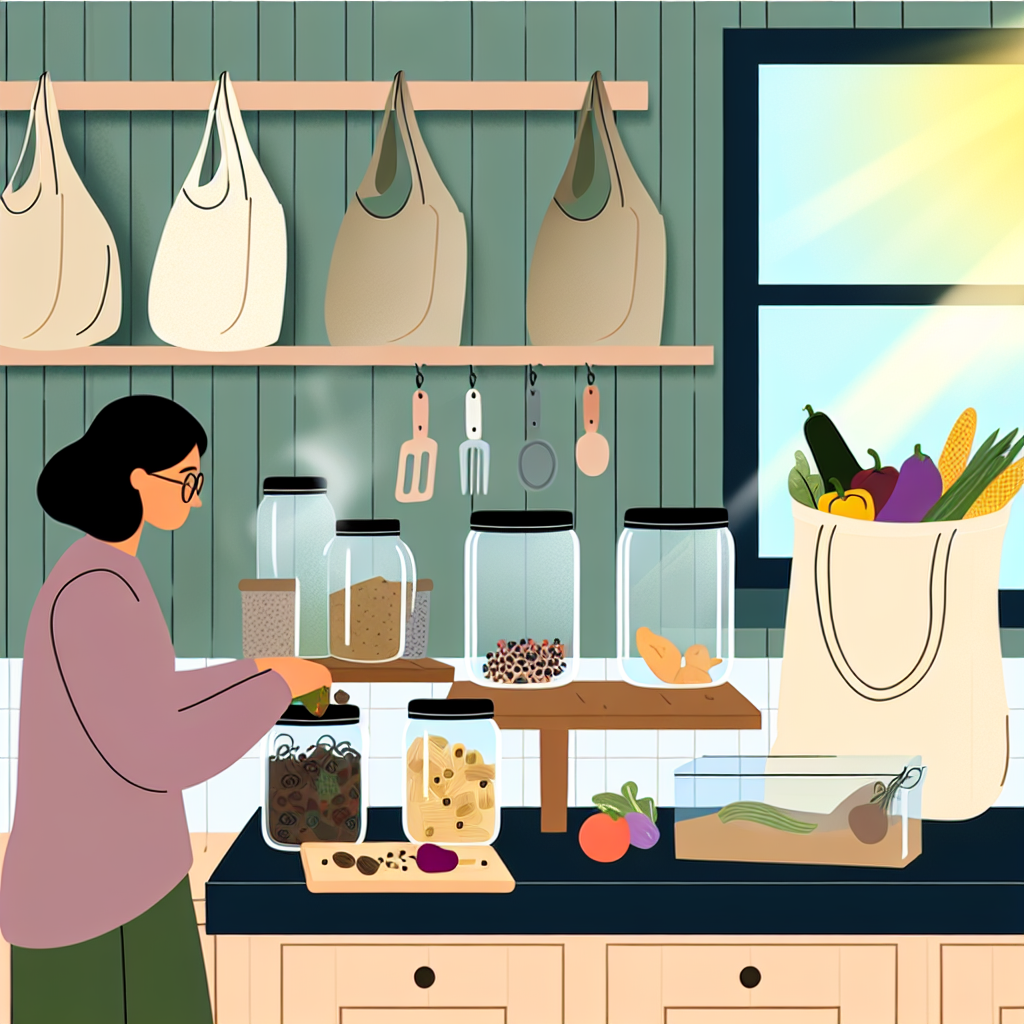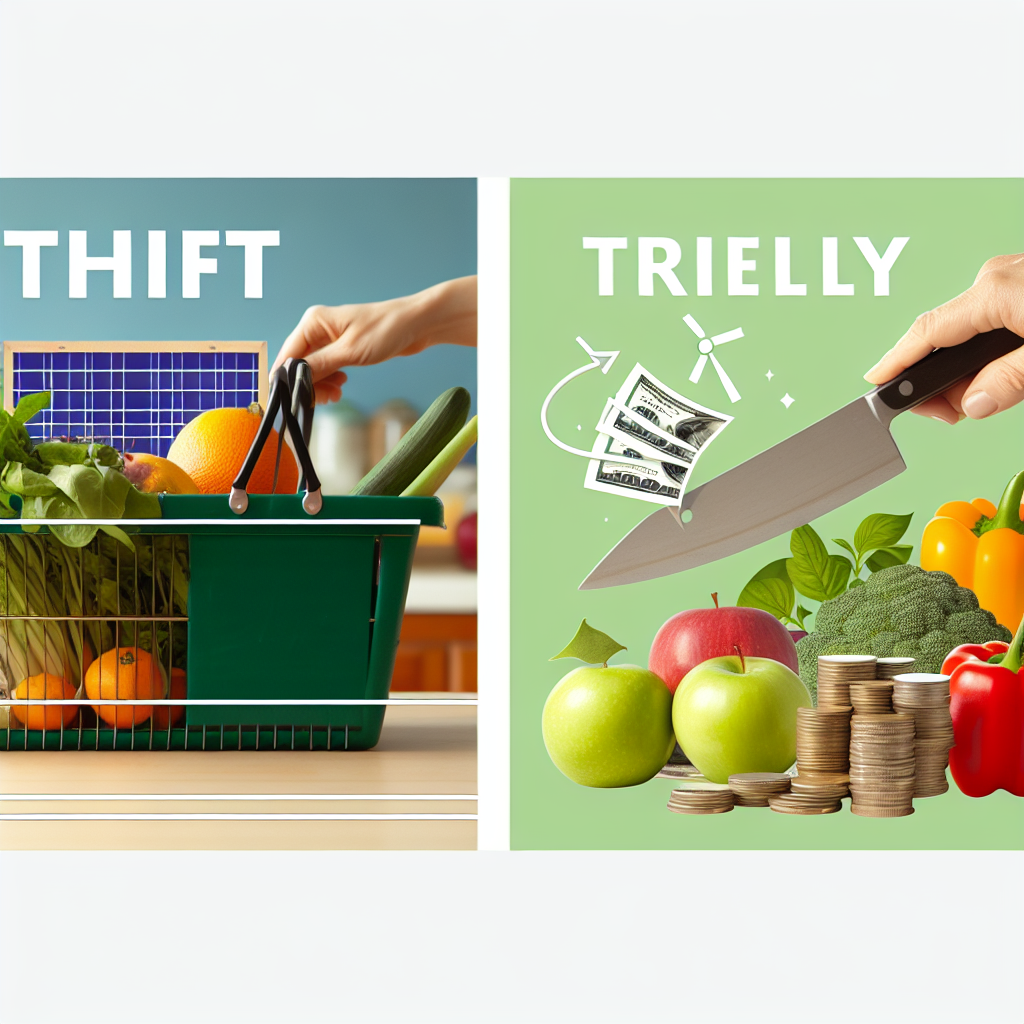Top 10 Eco-Friendly Swaps That Can Save You Money Every Month
Introduction
Hey there, smart spenders! Welcome to another exciting post from Frugal Zeitgeist, your go-to guide for low-cost and high-impact living. The world is going green, and you can too! In today’s post, we’re going to explore how making eco-friendly choices can shrink your carbon footprint and save you money at the same time. It’s a win-win situation where you help save the Earth and save some cash, too! Join me as we explore practical, sustainable swaps that will make your budget as impressive as Al Gore’s eco-cred. Let’s dive in!
Energy Efficient Home Improvements
Let’s start in the place you spend most of your time—your home. These home improvements will ensure you’re not wasting money.
-
LED Lighting
The future is bright with LED bulbs (pun intended). They might cost a little more upfront, but they last for over 25,000 hours. Traditional bulbs only last about 1,200 hours. Switching to LEDs can save you about $75 a year. Let there be (LED) light! -
Smart Thermostats
It’s time to get cozy with technology. Smart thermostats learn your schedule and adjust the temperature so you aren’t heating an empty home. Say goodbye to high utility bills and hello to savings—often around 10-15% of your home energy costs. That’s enough for a nice monthly coffee! -
Energy-Efficient Appliances
Swap out your old, energy-hungry appliances for ENERGY STAR-rated ones. They might cost more at first, but they’ll pay for themselves with lower electricity bills. You can save over $300 a year just by doing your laundry more efficiently. Not bad, right?
Sustainable Kitchen and Dining
Now, let’s move into the heart of the home—the kitchen—where going green can improve your meal prep and dining experience.
-
Reusable Dishware
Did you know that Americans throw away about 40 billion plastic utensils every year? Yikes! Swap to reusable plates and cutlery, and say goodbye to constantly buying paper and plastic products. Instant savings every time you skip the disposable aisle! -
Cloth Napkins and Towels
Channel your inner Martha Stewart by replacing paper napkins with the soft, reusable touch of cloth. They’re the chic, sustainable addition to your home you didn’t know you needed. Plus, after an initial investment, they’ll save you about $100 a year. That’s a lot of savings! -
Bulk Purchasing and Zero-Waste Shopping
Let’s talk about sustainable shopping. Buying in bulk reduces packaging waste and lowers your grocery bill. Next time you need pantry staples, head to a zero-waste store or bulk aisle and grab those savings (literally!). It’s great for both your finances and Mother Earth.
Personal Care and Cleaning
Time to turn the bathroom and cleaning cupboard from waste zones into areas of savings and sustainability.
-
Eco-Friendly Cleaning Products
Goodbye, chemical cleaners! Non-toxic, eco-friendly cleaning solutions are here to stay. Make your own vinegar and baking soda cleaner that works on most surfaces and costs just pennies. Clean homes, clean planet, and savings too! -
Reusable Razors and Organic Skincare
Let’s face it: disposable razors can be a waste and a landfill nightmare. Switch to a sturdy reusable razor to save money and reduce waste. Top it off with organic skincare products you can make yourself or buy affordably, keeping both your skin and money healthy. -
Cloth Diapers and Menstrual Products
Babies and periods can be demanding, but they shouldn’t cost the Earth. Reusable cloth diapers and menstrual products are good for both your wallet and the planet. A one-time investment can save you hundreds of dollars every year. Now that’s getting more bang for your buck!
Transportation and Commuting Solutions
- Biking and Public Transport
Grab your helmets and metro cards, because we’re about to change your commute. Ditch the car and ride a bike or take public transport to reduce carbon emissions. The money you save on gas, parking, and repairs will be significant. Plus, your heart—and waistline—will thank you too.
Conclusion
Well, there you have it—your top 10 eco-friendly swaps with savings included. While some swaps may seem small, remember that every little bit counts. Add them all up and you’ll be amazed at how much you can save both financially and environmentally.
Now, it’s your turn! Start implementing one or two swaps today and see the positive impact unfold. A greener, cost-efficient lifestyle is just around the corner!
Call to Action
Fellow eco-warriors, share your ideas in the comments! What eco-friendly swaps have you tried in your life? Don’t forget to subscribe to Frugal Zeitgeist for more tips, and join our community of budget-conscious Earth savers. Until next time, keep it green and keep those wallets lean!
Resources and Further Reading
- ENERGY STAR
- The Zero-Waste Home by Bea Johnson
- The Clean Energy Home by OVO Energy
- Sustainable Living on a Budget: A Guide
Check out these resources to continue your journey towards a sustainable and frugal lifestyle!









